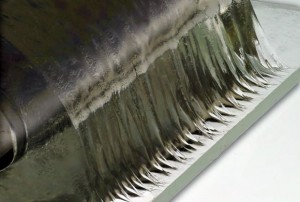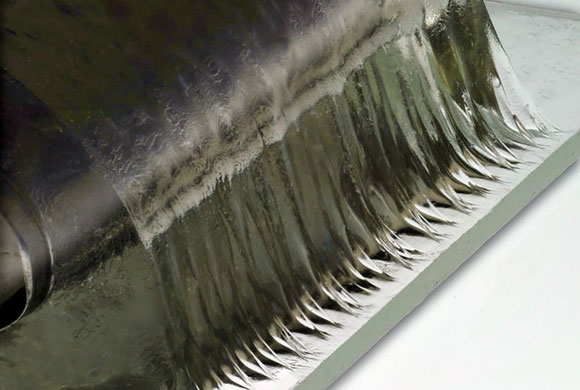Synthetic Hydrogel is Tougher Than Natural Adhesives
The method of making synthetic hydrogel has been developed by Engineers from MIT. The hydrogel is a transparent rubber-like material can adhere to surfaces. The hydrogel has a toughness to the bond between cartilage and tendon. Synthetic Hydrogel forms a tough nature when compared to the natural adhesives. Synthetic Hydrogel proposes a lot of factors which unduly render to its significance.

The innovative ways in nature have been developed to solve the sticky challenge. Cartilage and tendons can be stuck to the bone with high robustness. It gives the animals agility and flexibility. Mussels and barnacles glue themselves to ship hulls. The hydrogel has significant features in nature.
The researchers have conducted experiments to demonstrate the robustness. They have applied a small square of hydrogel between two plates. They have suspended a weight of 55-pound to it. They smashed it with a hammer after gluing the hydrogel to a silicon wafer. The silicon shattered and its pieces remained stuck in the place. The hydrogel can be used in the soft robotics methods. The material serves as cartilage or synthetic tendon.
The hydrogel is a sticky mix of water and gum. This material creates a tough and durable bond. It can adhere to surfaces such as ceramics, aluminium, silicon and etc. The hydrogel is an ideal candidate due to its durability. Hydrogel forms the protective coatings on underwater surfaces. The hydrogel is also suitable for health-related applications. It can be used as sensors in the body and coatings for catheters.
Detailed Structure
The hydrogel which is tough and flexible requires two bond characteristics. They are energy dissipation and chemical anchorage. Hydrogel which dissipates energy will be able to stretch significantly. Hydrogel adheres to the surface by bonding to its polymer network to the surface.
The researchers conducted a standard peeling test on hydrogel’s bond. They found that hydrogel’s bond is as tough as 1,000 joules per square metre. A new hydrogel has both stronger bonding and higher water content. Tendons are cartilage harness the hydrogel. Chemical anchorage and bulk dissipation lead to tough bonding in the hydrogel.
Zhao group has conducted the tests on Hydrogel’s. They have compared the results with the existing hydrogel’s. They have compared with adhesives, elastomers and nanoparticles. They have found out that hydrogel adhesives have greater content and ability.
Robotics
Zhao and his colleagues explored the use of hydrogel adhesives in the robotics field. They have used small spheres for robotic limbs simulation. Instead of conventional hinges, the soft material can be use with strong bonding. The hydrogel gives many more degrees of freedom to a robot.
The researchers have found its applications as an electrical conductor. They have found out that hydrogel enables the flow of salt ions. Hydrogels help in the lighting up the LED. Hydrogels have significant implications in the fields like tissue engineering.
External Link: Synthetic hydrogel is tougher than Natural adhesives




